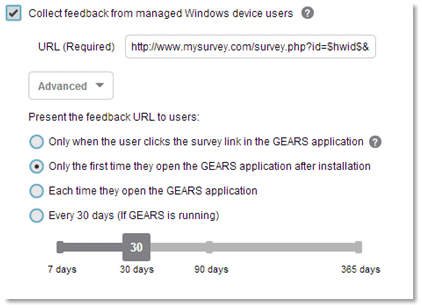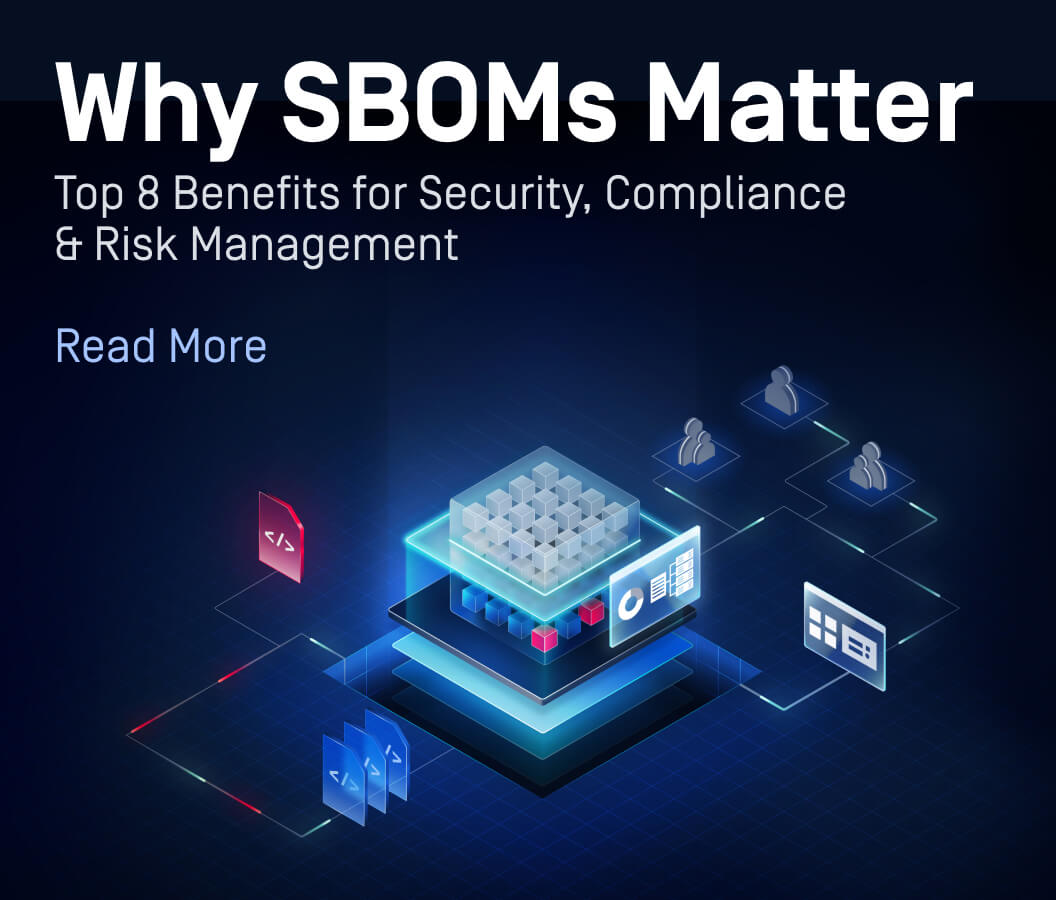A new version of Gears is now available and the update includes several new features such as the ability to disable automatic updates for the Gears client, a new remediation page for end user device issues and enhanced threat intelligence.
Toggle Automatic Updates
After receiving valuable feedback from our community, one of the most requested features we've added is the ability to disable auto-update of the Gears client. With one simple switch in the Gears account settings, all of your Gears clients will be frozen on their current version. To update them in the future, simply reverse the setting and that's it!

One of the main reasons we added the new disable feature is for our customers who utilize patch management software, which allows them to update the software when it suits their company’s security needs best. There are several reasons for an organization to choose not to update software to its latest version, including reducing the risk associated with the latest update and increasing device compliance. For that reason, Gears detects and reports 45 unique patch management agents.

It's important to note two items when disabling the auto-update feature:
- The Add Devices link and download page will always point to the latest Gears client version
- OESIS updates are not disabled
Both of these items will be addressed with additional enhancements in a future Gears release.
Remediation Page
When a device is compromised or otherwise non-compliant with the Gears policy, it’s not always easy to communicate to the end user what their issues are and how to fix them - until now. We’re introducing a feature we call a remediation page for an end user to easily see all of the compliance issues with their device and how to fix them. There’s even a new device remediation API for generating a link to this page! In addition to the API, the link can be accessed a multitude of ways: by an administrator from the device details page in Gears cloud, by the end user right-clicking on the tray icon, or launched automatically by the on demand client.


This feature can be used to educate users and increase the likelihood that they can remediate their own issues, in turn saving a call or email to the IT department. Make sure to try out this new feature and give us your feedback by tweeting us @OPSWAT! We’re already planning to add localization, customizable messages, and rebranding capabilities in upcoming Gears release.
Custom Feedback/Survey Distribution
Speaking of feedback, the managed Gears application for Windows can now be used to distribute custom surveys to end users and we’ve provided a helpful survey feature guide to help you get started. With options to customize the URL, display frequency, and even the ability to launch inside the Gears application itself, the new feature can be used for much more than just linking to a survey service. The device’s hardware ID and the account’s license key can both be given as optional parameters in the URL such as mysurvey.com/survey.php?id=[$hwid$&]key=[$key$].
The flexible configurations mean this feature can be used for more than just surveys. Administrators can use it for BYOD registration, new hire/user orientation, marketing campaigns, digital suggestion box, etc. With so many uses, we’d love to hear how you plan on using it, and how we can make it even better!

Better Threat Intelligence
For the last six months, Gears has been detecting threats and infected machines using local antivirus logs, and process scanning with Metascan Online. While the backend integration between Gears and Metascan Online is seamless, we didn’t provide an easy link from the advanced threats reported in Gears to the actual scan results from Metascan Online. Now from the threat details, you can jump right to the Metascan Online scan details to see scan dates, times, engine names, process names and results. This critical information helps administrators decide if additional action is required. Was a threat found by six engines all updated within the last day? Get right on it. Was a threat found by one engine over a week ago? The file could be a false positive.

More Supported Applications
The OESIS team is busy as usual and has added support for 34 new products and versions, across 11 categories including antiphishing, anti-spyware, antivirus, backup clients, browsers, desktop sharing, encryption products, firewalls, patch management, VM and VPN clients. Detect and management of these new products is now available in Gears.
API Updates & New Developer Portal
We’ve made changes to a couple of the Gears cloud APIs to enhance compatibility with NAC devices. Some of these adjustments include cloud APIs must now be case sensitive when using MAC addresses and deleting device APIs can now be called by the MAC or device ID (HWID). Additionally we have a brand new developer portal to make it even easier to find the methods you need and how to use them.
Gears for Guest Devices
After its initial release earlier this month, Gears for guest devices is no longer in beta. We’ve made several enhancements including the client remediation page can now be launched automatically after a device scan is completed and a system tray notification to indicate when a heath or malware scan is in progress. The notification feature will be available for the Mac platform in the next release.

